Template how to write a cover letter
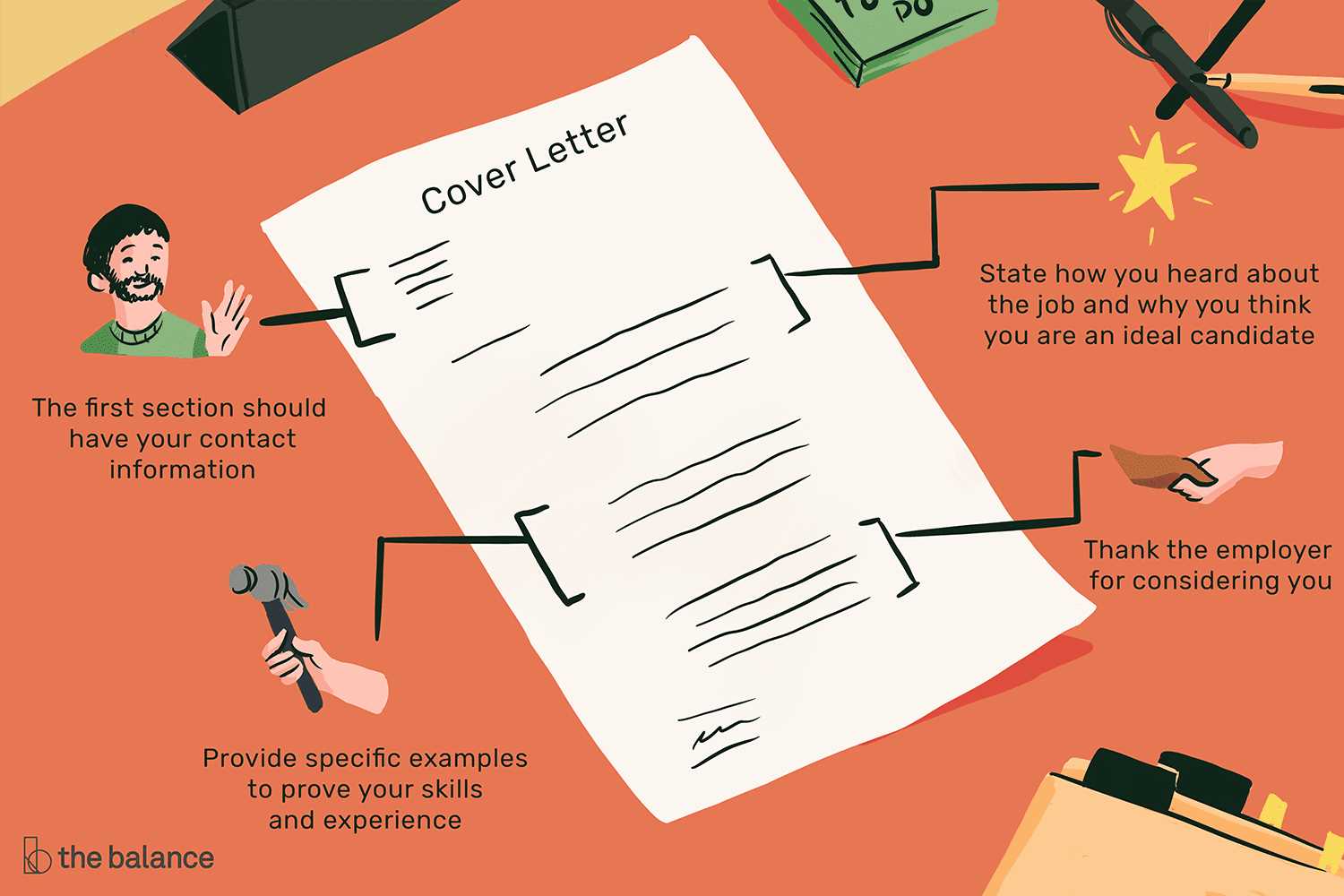
Begin with a clear, concise introduction of who you are and why you’re writing. Mention the job title you’re applying for and where you found the listing. Keep this section direct, focusing only on the specifics. Avoid generic phrases and provide a solid first impression of your intent.
Next, briefly highlight your most relevant qualifications or experiences. Refer to a specific skill or achievement that directly matches the job description. You want to demonstrate how your background is a strong fit for the role, making sure to showcase your value without overselling. Show, don’t tell.
In the closing paragraph, express enthusiasm for the position and invite the reader to discuss your qualifications in greater detail. Thank them for their time and consideration. Keep your tone polite and professional, but not too formal. A simple, positive closing can leave a lasting impression.
Template How to Write a Cover Letter
Begin by addressing the hiring manager directly, using their name if possible. Keep the greeting formal, but not overly stiff. For example: “Dear [Manager’s Name],” or “Dear Hiring Manager.”
Start with a clear statement of your intent. Mention the job you are applying for and where you found the listing. For instance: “I am writing to apply for the position of [Job Title] as advertised on [Platform].”
Follow with a brief introduction that highlights your qualifications. Choose one or two key experiences or skills that make you stand out. Example: “With [X] years of experience in [Industry], I have developed strong skills in [specific skills related to the job].”
Provide evidence of how your skills match the needs of the company. Focus on what you can contribute, not what you expect from the position. Example: “I have successfully led projects that resulted in [specific outcome], which aligns with your company’s goals of [specific company goals].”
Show genuine interest in the company by mentioning something specific about them that excites you. It could be a recent achievement or their values. Example: “I admire your company’s commitment to [specific value or achievement], and I would be excited to contribute to such an innovative team.”
Conclude with a confident call to action. Invite the employer to contact you for further discussion. Example: “I would welcome the opportunity to discuss how my skills and experience can contribute to your team. I look forward to hearing from you soon.”
Close with a formal sign-off. A simple “Sincerely,” followed by your full name is professional and appropriate.
Crafting a Clear and Engaging Opening
Begin with a direct and specific statement that immediately communicates your intent. Address the recipient by name if possible to establish a personal connection. Make it clear why you are writing and how your skills align with the role or company’s needs. Skip vague introductions–get straight to the point.
Show Relevance Right Away
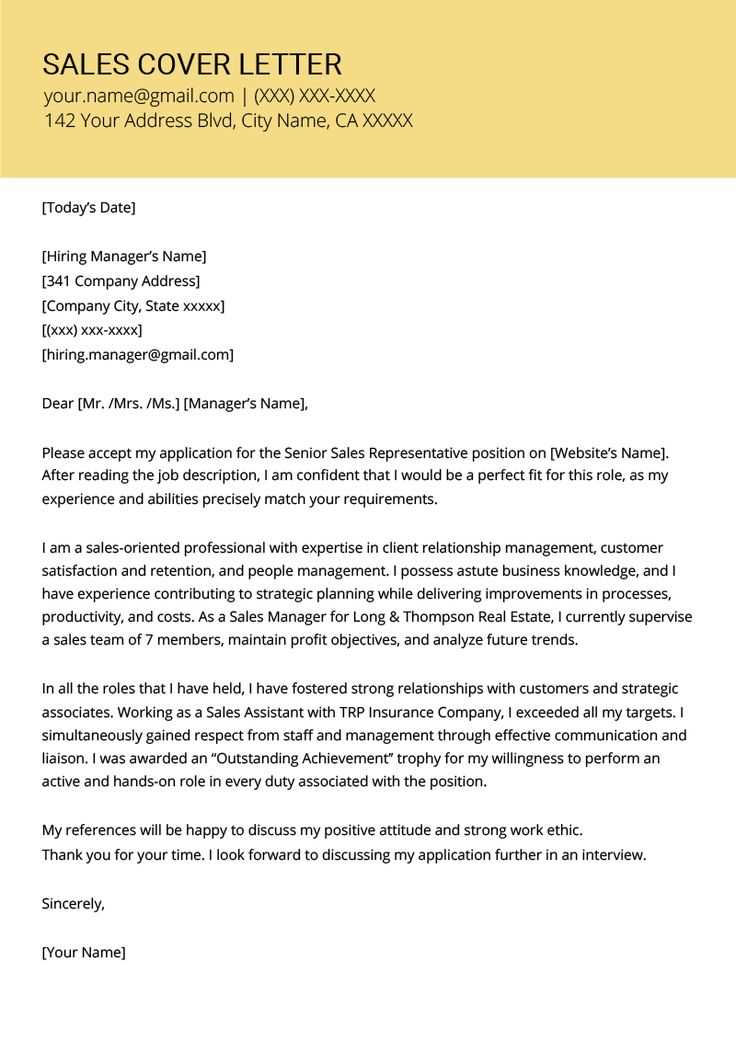
Highlight a key skill or experience relevant to the position you’re applying for. Use the opening to demonstrate that you’ve researched the company and understand its goals or challenges. A direct tie between your background and their objectives increases the likelihood of capturing their interest from the start.
Keep It Concise
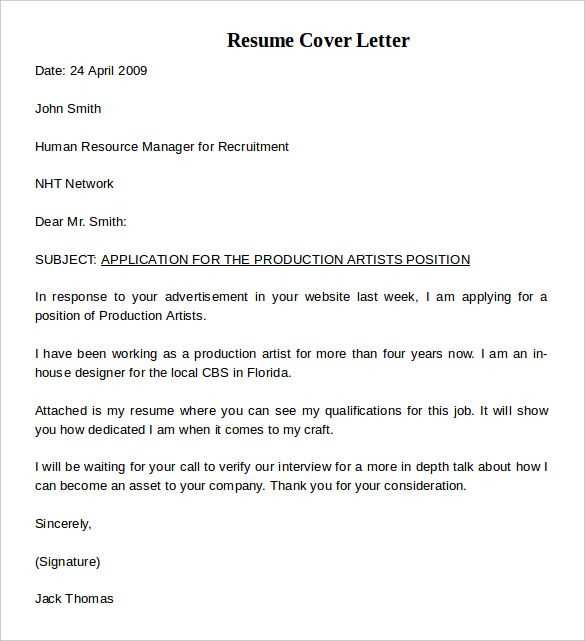
Be concise but informative. Avoid long-winded phrases or irrelevant details. Focus on conveying just enough to pique interest without overwhelming the reader. You want to leave them wanting more, encouraging them to continue reading your letter.
Highlighting Your Relevant Skills and Experience
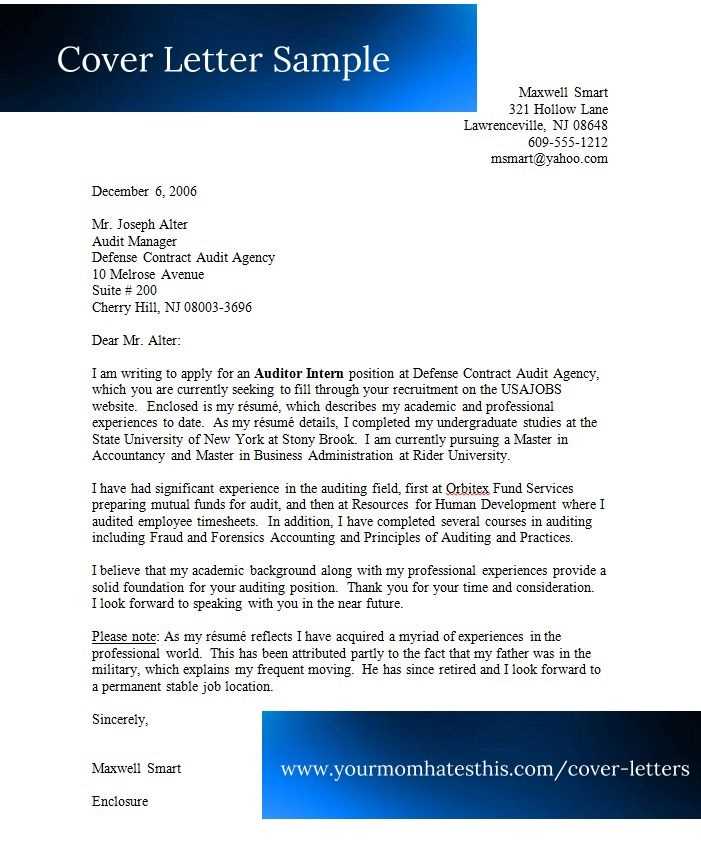
Tailor your skills and experience to match the specific job requirements. Focus on key accomplishments and competencies that directly relate to the position. Use clear examples that demonstrate how your skills have been applied in previous roles.
For example, if the job requires project management experience, mention projects you’ve successfully managed, the scope, your responsibilities, and the outcomes. Quantify your impact where possible, such as improving efficiency by a certain percentage or leading a team that completed a project ahead of schedule.
Next, highlight skills that set you apart. These could include technical abilities, leadership qualities, or any specialized knowledge that fits the role. Show how these skills have helped you solve problems or contribute to a team’s success in previous jobs.
Don’t just list your skills. Demonstrate how you’ve used them in practical situations. This approach will allow you to connect your experience to the employer’s needs in a compelling and straightforward way.
Demonstrating Knowledge of the Company
To stand out in your cover letter, show that you’ve researched the company thoroughly. A strong demonstration of knowledge helps build rapport and indicates genuine interest in the organization. Here are specific ways to incorporate this into your letter:
Research Key Aspects of the Company
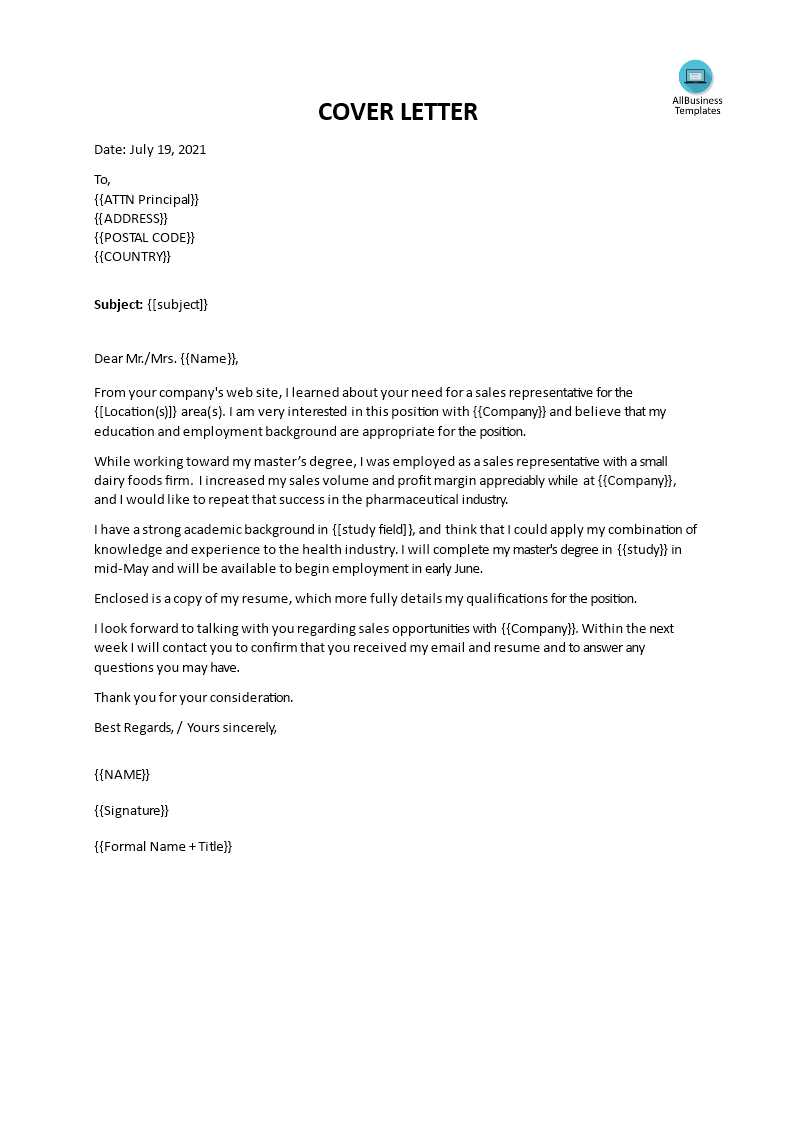
- Understand the company’s mission, vision, and values. Align these with your personal professional goals to create a connection.
- Identify recent news, product launches, or initiatives. Mention how these developments excite you and how your skills can contribute.
- Learn about the company’s culture. If the company promotes teamwork, innovation, or leadership, highlight your experience in these areas.
Tailor Your Skills to Their Needs
- Match your qualifications with the company’s specific needs, referencing the job description as a guide.
- Demonstrate how your experience aligns with the company’s projects or challenges, showcasing how you can help them achieve their goals.
By incorporating these strategies, you show that you are proactive, knowledgeable, and genuinely interested in contributing to the company’s success.
Showcasing Your Fit for the Role
Highlight your skills and experience that directly align with the job requirements. Focus on specific examples that demonstrate how you can contribute to the company’s goals. For instance, if the position requires strong leadership, mention a time when you successfully managed a team or project and the results it produced.
Use concrete numbers or outcomes whenever possible. Instead of just stating you “improved efficiency,” show how you increased productivity by a measurable percentage. This builds trust and gives hiring managers a clearer picture of your potential impact.
Make sure to address the key responsibilities mentioned in the job description. For example, if the role involves problem-solving, describe a relevant challenge you’ve tackled and the solution you implemented. Be brief but clear in linking your experience to what the employer needs.
Don’t just list your skills–prove them. By providing real-world applications of your expertise, you’ll show that you’re not just a good fit for the role, but the best fit. Tailor each cover letter to reflect the specific job and company you’re applying for, ensuring your strengths are front and center.
Addressing Potential Concerns or Gaps
Start by acknowledging any gaps in your experience or time away from work directly and confidently. Explain briefly but clearly why the gap occurred, whether it was due to personal reasons, travel, education, or another legitimate factor. Avoid over-explaining, but make sure the explanation sounds authentic and grounded.
Next, focus on how you have remained proactive during any gaps. Highlight skills or activities you’ve worked on independently, whether through self-study, freelancing, volunteering, or part-time roles. Demonstrating continuous growth shows resilience and commitment to your field.
- If you took a break for education, mention specific courses or certifications you completed during that time.
- If you left a job for personal reasons, focus on what you learned or how you grew during that period, and how it has shaped your current mindset or career goals.
- If you’ve been in between jobs, talk about freelance work, consulting, or projects that kept you engaged with the industry.
Be transparent about the gaps, but steer the conversation towards what you’ve gained or learned since. This approach reassures the employer that any concerns they may have are outweighed by your commitment and readiness to contribute to the role you’re applying for.
Ending with a Strong Call to Action
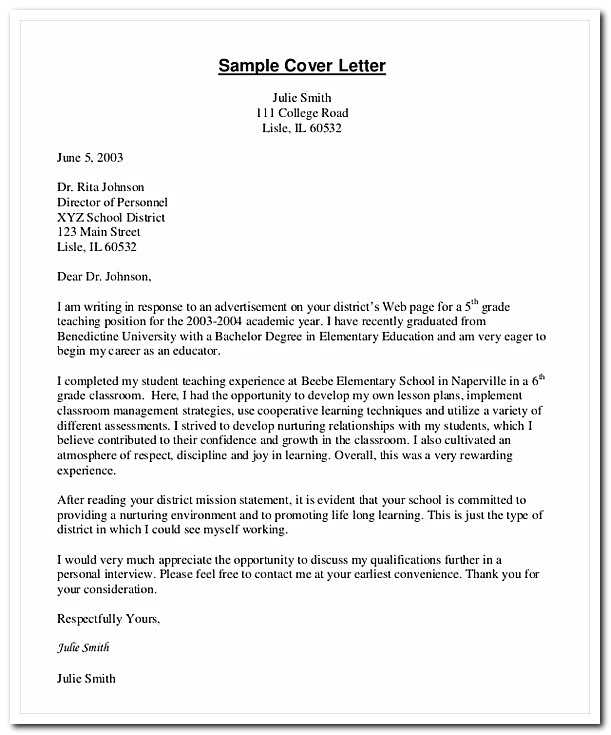
Be direct and clear in your closing statement. Express your eagerness to discuss how your skills align with the company’s needs. Invite the hiring manager to reach out by specifying how you can follow up.
Effective Call to Action Examples
| Example | Why It Works |
|---|---|
| “I look forward to the opportunity to discuss how my experience can contribute to your team’s success. Please feel free to contact me at your earliest convenience.” | Clear, inviting, and prompts a timely response. |
| “I would welcome the chance to connect and explore how I can add value to your company. I will follow up next week to schedule a time for us to meet.” | Shows initiative and ensures a follow-up action. |
End confidently, reinforcing that you are eager to move forward. Avoid vague phrases and ensure your closing is strong and actionable. Invite them to act on the opportunity, and make it easy for them to reach you.